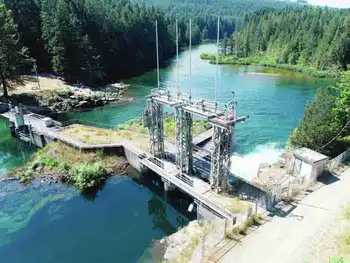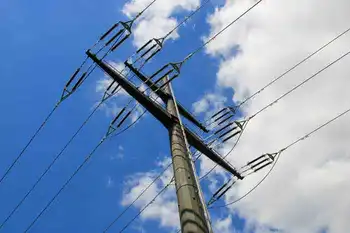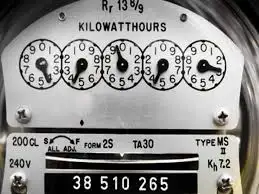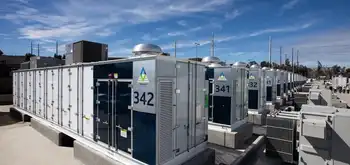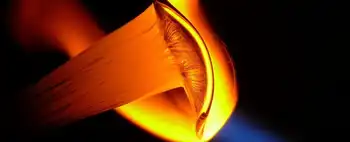U.S. wind power growing, but still lags
By Reuters
Substation Relay Protection Training
Our customized live online or in‑person group training can be delivered to your staff at your location.

- Live Online
- 12 hours Instructor-led
- Group Training Available
"With the right policies in place, we can see explosive growth.... It's a global footrace," said Jeff Anthony, business development director of the American Wind Energy Association.
Although the United States has the largest amount of installed wind power capacity in the world, the wind power industry is "fighting to get on a level playing field" with other government-subsidized power-providers, Anthony told a conference of parts manufacturers, suppliers, wind project developers and economic development officers from around the southeastern United States.
"What the wind industry looks like in the U.S. in 10 years depends a lot on what comes out of Washington.... Policy does drive the industry," he told the conference in Greensboro, North Carolina.
A little more than 1.5 percent of power supplied in the United States is generated by wind, Anthony said.
"It's an important part of how we generate electricity in the U.S. today. It's still relatively small in terms of percentages, but it's growing rapidly.... Only in the last seven or eight years has the cost come down.... The price of electricity from wind projects has stabilized."
Last year, 10,000 megawatts of wind capacity were added to the grid, bringing the country's total wind power capacity to 35,000 megawatts, Anthony said. Industry growth in 2009 was 39 percent, he said.
"China is currently growing at 100 percent. They are doubling the amount of wind power capacity in their country every year," Anthony said.
To reach a goal set by the U.S. Department of Energy for 20 percent of the nation's electricity to be generated by wind by 2030, "we will need 300,000 megawatts of power generated by wind turbines," Anthony said. "So we're one-tenth of the way there."
Problems include a lag in manufacturing — almost all manufacturers of turbine parts are based outside the United States — and transmission.
"We need a green superhighway" to get power from the windiest parts of the country, in a north-south swath through the middle, to the areas where demand is highest, Anthony said.
"Electricity is the only commodity you can't store," he said.
The highest demand is on the east coast, where 28 coastal states use almost 80 percent of the electricity in the country, said Nick Rigas, a Clemson University wind expert who spoke at the conference.
Offshore wind turbines, in use around the world for years, have yet to be built off U.S. coasts. Duke Energy's three proposed wind turbines in Pamlico Sound on the North Carolina coast will probably be the first in-water wind engines to be built in the country, Rigas said.
Rigas is senior scientist and director of Clemson University Restoration Institute's $98 million drive-train testing facility being built on the coast of South Carolina to test the next generation of global large wind turbines, 15-megawatt engines that can weigh up to 300 tons.
The facility is funded by the U.S. Department of Energy along with public and private partners, and will allow access to all manufacturers and protect intellectual property rights, he said.
New technology will change the wind power industry, Rigas said. Turbines will get quieter and lighter, and efficiencies in wind power will improve, he said.
"The cost of offshore is high right now," said.
But, he said "If we do not find a way to harness a large resource sitting near a big demand — it's Economics 101 — I think we have some issues with ourselves," Rigas said.
"It comes down to: Do we as a nation think that carbon emissions have an adverse impact on our environment and our future? The other issue with the fossil fuels is that they are a finite resource. Why are we depleting a finite resource by just burning it?"
He agreed that sustainable energy policy is crucial. Energy policy "can't come and go depending on who is in office," he said. "In China, wind power is huge and still growing while we sit here and contemplate our navels," he said.
"We still think we're the center of the universe and the big economic engine, but the world is changing. Are we going to change with it?"





